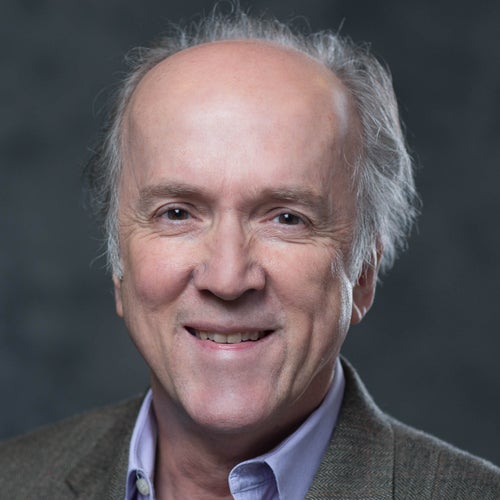About
My research interests are time dependent. The reason is that I like mathematics, and I like to use mathematics to understand the world we live in (i.e., I am an applied mathematician). Here are two specific research topics of current interest: 1) Mechanoreception. This is the study of how a living organism senses and then recognizes mechanical stimuli. The mechanoreceptors that I am presently working on are in the auditory system and in skin. For example, the mechanisms through which skin transduces tactile stimuli from a mechanical to neural signal are not understood. Therefore, the goal of my research is to construct a mathematical model that describes this process. This project involves the study of the nonlinear deformation of skin, the analysis of the dynamics of the tactile receptor, and the study of the nonlinear diffusion associated with the electro-chemical processes in the nerve. 2) Sleep-Wake Cycle. The goal of this research project is to derive, and then analyze, a physiologically based model of the human sleep-wake cycle. The approach is to use the known properties of the neurotransmitters associated with wake and sleep, and the regions of the brain in which they function, to derive the model. This approach also incorporates, or accounts for, the states of sleep (REM and NREM) and the mechanisms that regulate it (homeostatic drive and circadian synchronization). Books: 1) Introduction to the Foundations of Applied Mathematics, Springer, 2009. 2) Introduction to Numerical Methods for Differential Equations, Springer, 2006 3) Introduction to Perturbation Methods (2nd Ed), Springer-Verlag, New York, 2013. 4) Introduction to Scientific Computing and Data Analysis, Springer-Verlag, New York, 2016.
Research
Development and analysis of mathematical models for physiological systems, including modeling the biological tissues found in joints (such as the knee).
Publications
The following is a selection of recent publications in Scopus. Mark Holmes has 52 indexed publications in the subjects of Mathematics, Physics and Astronomy, Medicine.
